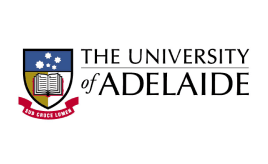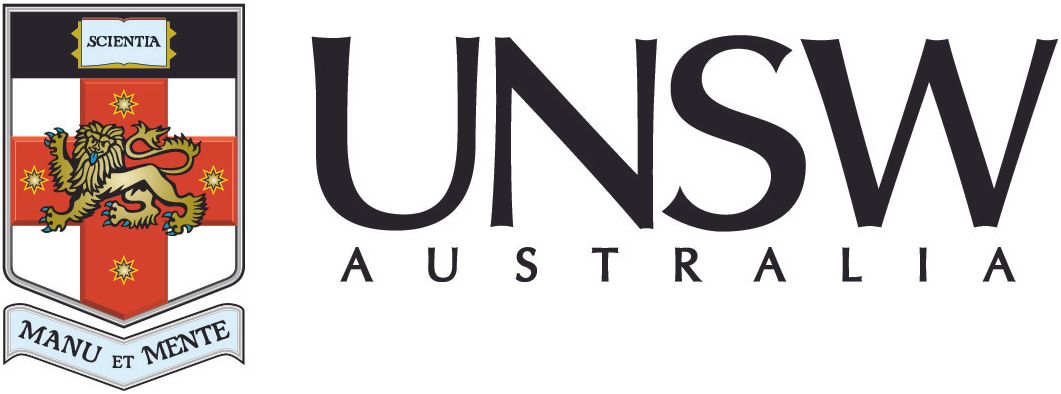Can we help coral reefs adapt to climate change?
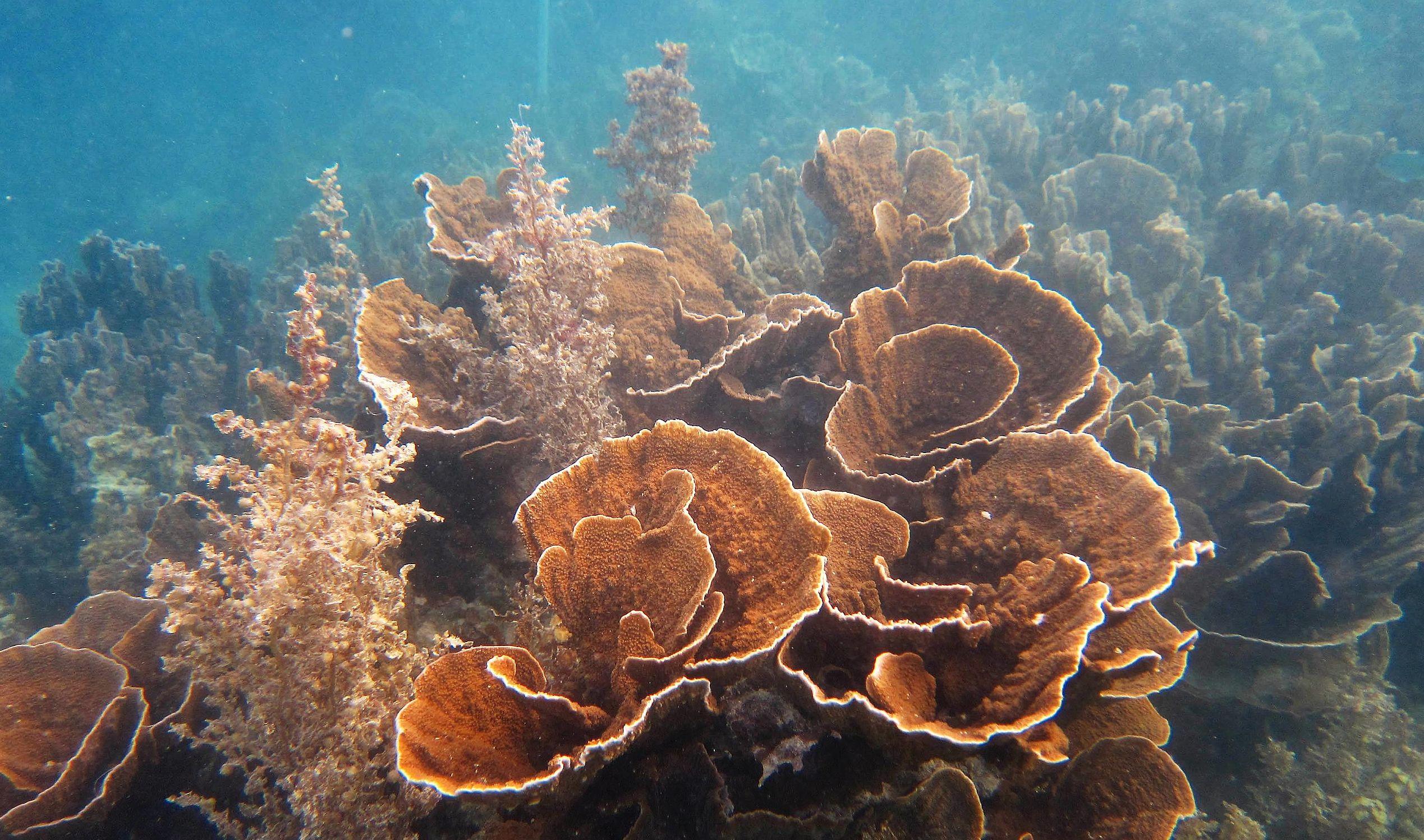
Coral in Ningaloo Reef, Western Australia. Image: Ryan McMinds & Joe Pollock / Wikimedia CC BY 2.0
News story
10 September 2025
Australian reefs have experienced mass coral bleaching driven by heat stress six times in the past decade. This year, marine heatwaves have simultaneously impacted coral reefs on Australia’s east and west coasts, creating unprecedented levels of coral bleaching and deaths. So can anything be done?
ABC News has reported that corals on Palau's ‘lucky reefs’ have emerged unscathed from these devastating marine heatwaves, and that they could be bred and planted at other reefs to save reefs from disappearing.
We asked Australian coral expert and geneticist Dr Kate Quigley from James Cook University and the University of Western Australia, Oceans Institute, about whether similar work was also occurring in Australia. Here is what she had to say:
Is this kind of work also happening in Australia?
"Yes, research on heat tolerance and breeding with Australian corals is already well underway in Australia, particularly on the Great Barrier Reef (since 2014) and more recently on Ningaloo Reef in Western Australia (as of the last 3 years).
"Australian researchers across various institutions have been developing these cutting-edge methods, including feasibility and field trials of methods such as assisted gene flow, selective breeding, and the use of "probiotics" for corals to enhance coral heat tolerance."
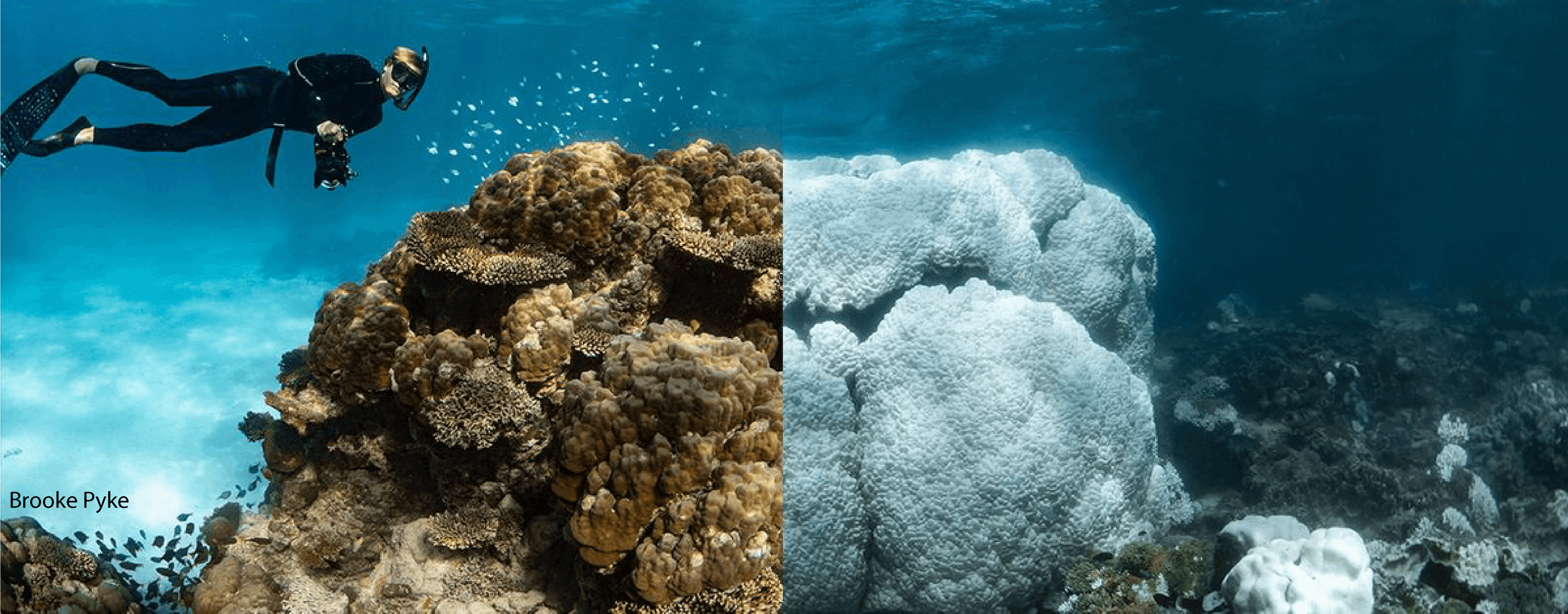
Ningaloo Reef, Western Australia, before bleaching (left) and during February's bleaching event (right). Images: Brooke Pyke
How important are these techniques likely to be to the survival of reefs?
"This research is critically important because it may help to buy some time for reefs while we get climate-warming emissions under control. However, it is unlikely to be a long-term solution for the survival of coral reefs.
"Only global action on climate change is the primary solution because the current pace and severity of ocean warming means that natural adaptation is unlikely to keep up with the rate of change or the absolute temperatures expected in the near future.
"These methods therefore provide a crucial "helping hand" but are not “a silver bullet” to save reefs. It improves their chances of surviving and recovering from marine heatwaves but only to a point.
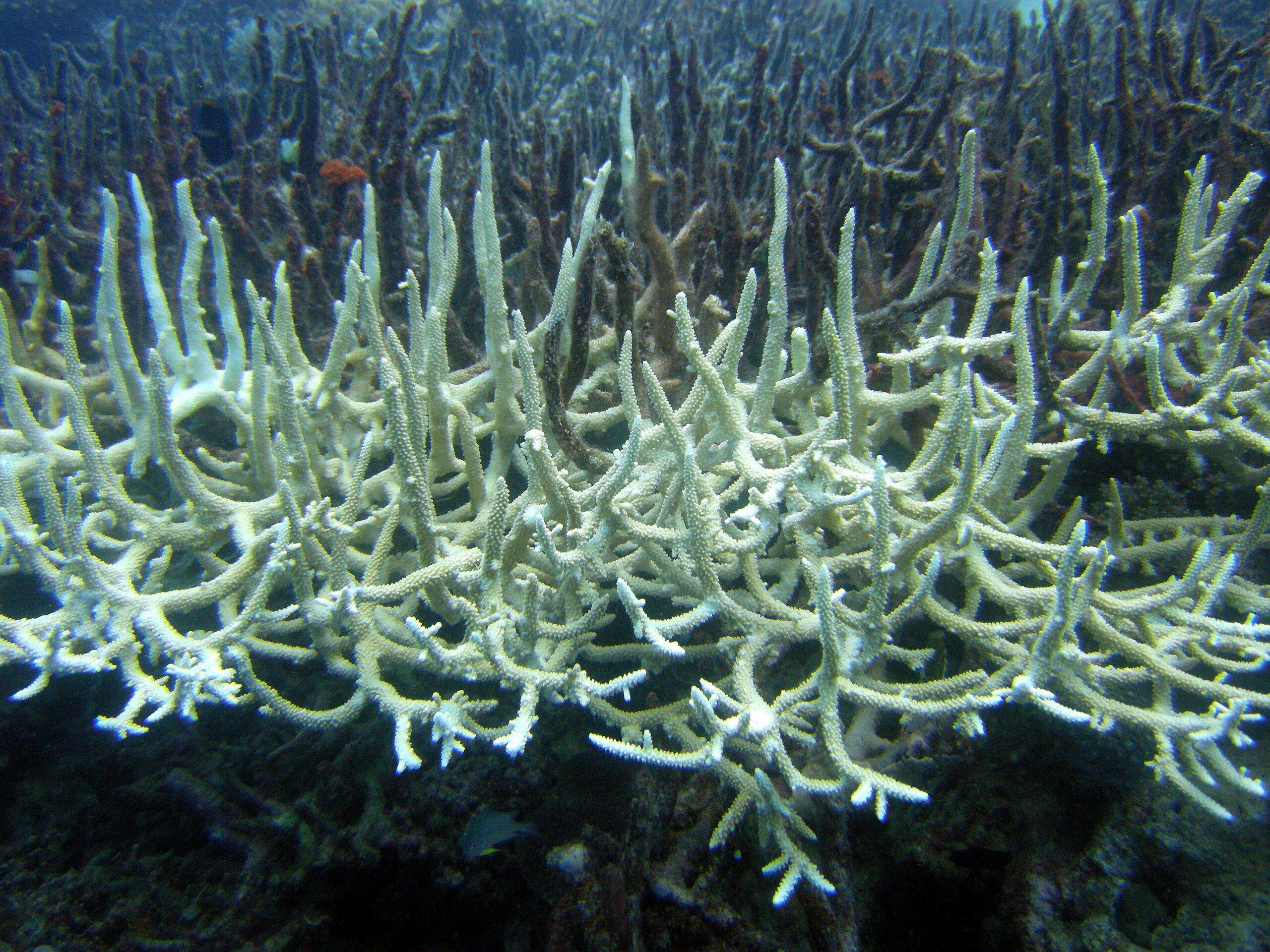
Bleached staghorn coral in the Great Barrier Reef. Image: Matt Kieffer / Wikimedia CC BY 2.0
Does nature need humans to intervene?
"Ideally, we would let nature take its course. When humans intervene, there is always the risk of non-intended consequences, even with comprehensive modelling and lab or field tests. There is always that risk.
"However, given the pace of warming driven by emissions, corals may not be adapting fast enough to keep up, or some species may not be adapting at all. Human intervention through "assisted evolution" aims to compress the timescales needed for evolution, giving corals a fighting chance to adapt to warmer waters in the short term.
"Methods like assisted gene flow and selective breeding hold potential to speed up the natural pace of adaptation. However, the issue with many of these interventions is scale. How can they be rolled out against the scale of the problem, which is global?
"In the Australian context, locations that need improved heat tolerance are potentially greater than the size of Italy (roughly the size of the Great Barrier Reef alone). Locations for intervention include the Great Barrier Reef and all along the coast of Western Australia. These are massive areas required. We are also talking potentially hundreds of species that would require this intervention. This suggests that addressing the root of the problem by reducing climate-warming emissions is the most effective strategy for saving reefs in the long term."

The location of Australia’s northern coral reefs, many of which have been hard hit by marine heatwaves. There are also corals on the Great Southern Reef. Source: Allen Coral Atlas
Would we ever plant Palau corals on Australian reefs?
"The concept of moving Palau corals into Australian reefs is complex and would require significant research, consideration, regulatory approval and social license.
"It is likely that Palaun reefs have been relatively less impacted by warming and bleaching due to their hydrodynamics or cooler water upwelling – not their genetics. So it isn’t clear if this location has particularly high heat tolerance relative to other locations like the Great Barrier Reef.
"Moving corals from other locations also has additional risks, like disease transfer or mal-adaptation – where corals that are adapted to Palauan reefs are brought to other locations and suffer or perform less well due to changes in local conditions.
"The introduction of foreign species could have unforeseen ecological consequences. A more likely approach is assisted gene flow within the Great Barrier Reef itself, which involves moving heat-tolerant coral adults or offspring from naturally warmer reefs to cooler reefs to spread beneficial traits without the need for novel introductions."

Coral expert and geneticist Dr Kate Quigley. Image: Victor Huertas
A final word?
“It's important to understand that these conservation efforts, while promising, are not a standalone solution – they are no silver bullet. They are designed to buy time for reefs while the world addresses the root cause: climate change.
“The success of these interventions is heavily dependent on reducing global greenhouse gas emissions. Additionally, local actions like improving water quality and managing fisheries are vital, as they reduce stress on corals and increase their ability to recover and thrive.”
Thank you for sharing Kate!








